Aphrodisias was named after Aphrodite a Greek goddess. It started out as a ancient Greek city in the Hellenistic period. Marble was quarried from the surrounding mountains which the region was known for and many statues and columns throughout the Greek and Roman empire came from this area.
The city was also a center of sculpture and philosophy with a great theater, a library, and stadium. Also a grand temple to the goddess Aphrodite.
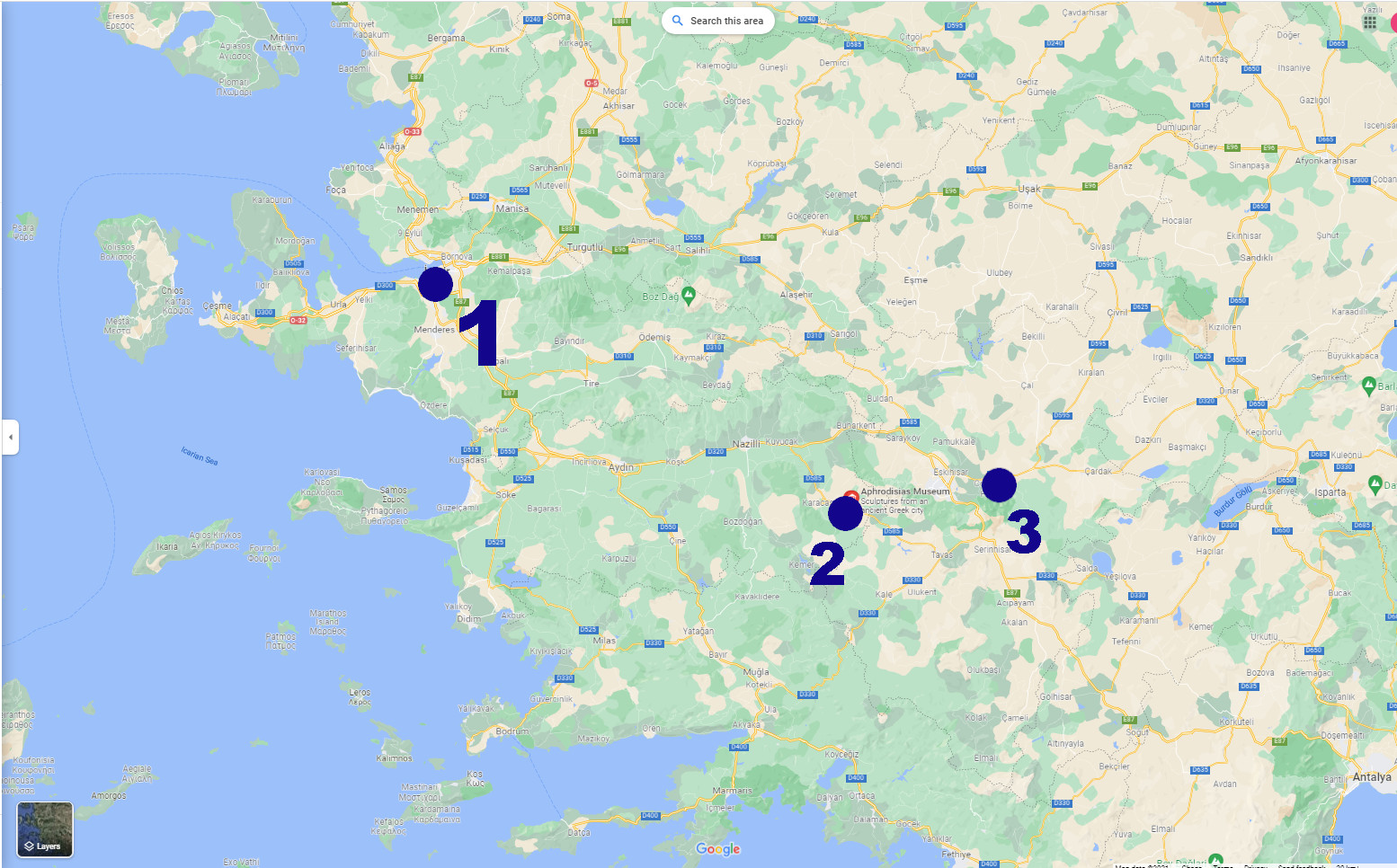
(My family and I kinda stumbled upon this site #2 while driving from Izmer #1 to Pamukkale #3, we went off of the main roads and had a pleasant drive through the mountains to reach it)
It was severely damaged in the the 7th century by an earthquake and lost prominence after that and fell into disrepair, and a modern village grew over part of the top of it which was not excavated until the 20th century and the village was relocated.
The art and the detail on the sculptures and ruins left behind show how amazing this civilization was to be able to invest its resources into such things. The ruins cover a massive area and it was interesting to just wonder around and marvel at all of them.
Nothing has been rebuilt or replicated other than the grand arch it looks like so there are a lot of the details statues and ruins that are pilled up at the entrance. Much of the imagery was dedicated to Aphrodite who gained a sort of cult following in the time. The area remained pagan in beliefs or polytheist until late into the 5th century. Eventually the town was renamed to remove the ties to the pagan past.
Lonely columns stand all over the site.
The Sebasteion was dedicated with the following inscription "To Aphrodite, the Divine Augusti and the People."
The structure was clad with cultish imagery of Aphrodite the proclaimed ancestral mother. Many greats throughout the civilization claim dependence from Aphrodite and thus holders of her power.
We were there on a story cloudy day it added to the drama of the whole place with moody clouds and light rains throughout. It made the photography a little shaded and lifeless but I think it works for this setting.
As a center of art and sculpture there was a theater dedicated to teaching the art of sculpture.
The great theater was one of the focal points of the ancient city and also one of the star attractions of the ruins today. This was eventually damaged in an earthquake and many of the functions were moved to the stadium.
Some more images of wondering around the site. I believe these would have made up parts of the temple of Aphrodite.
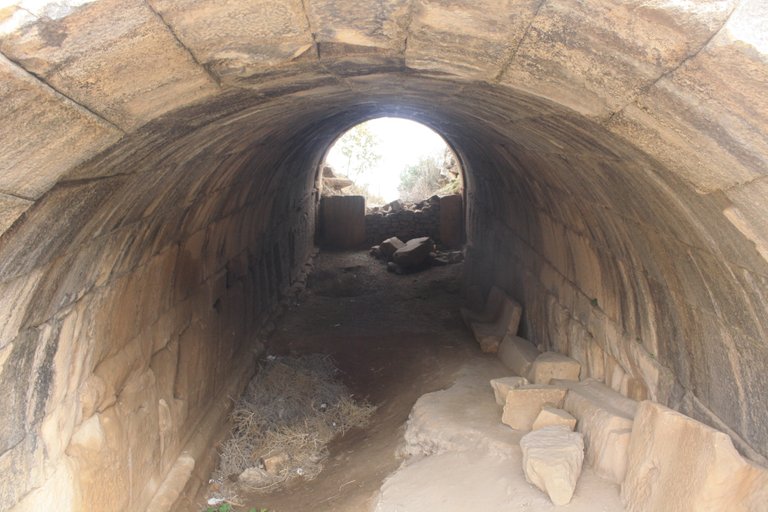
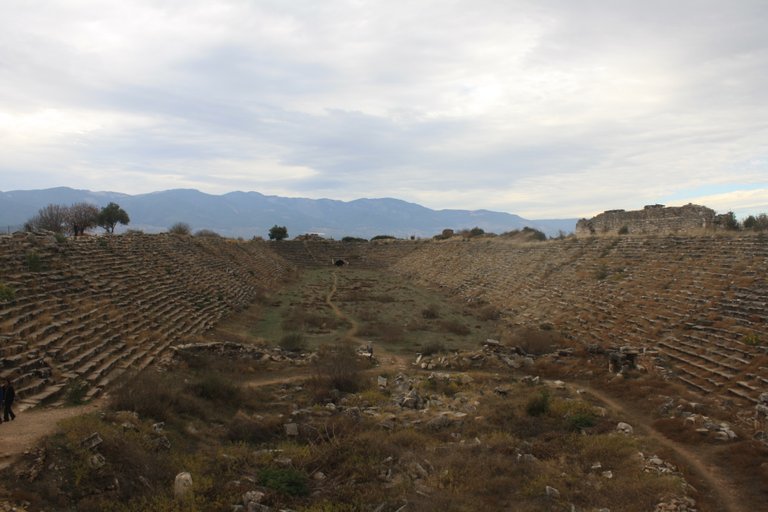
The stadium was off in one corner of the city and was massive. It was necessary to enter through a tunnel because of the large seating completely surrounding the arena.
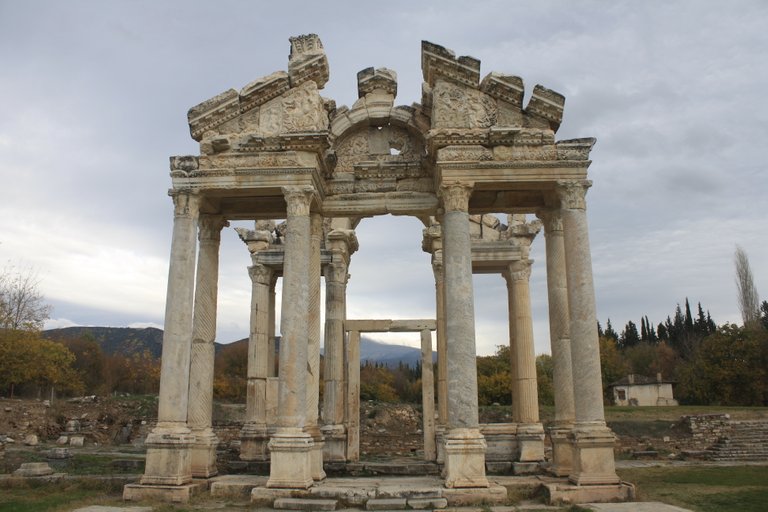
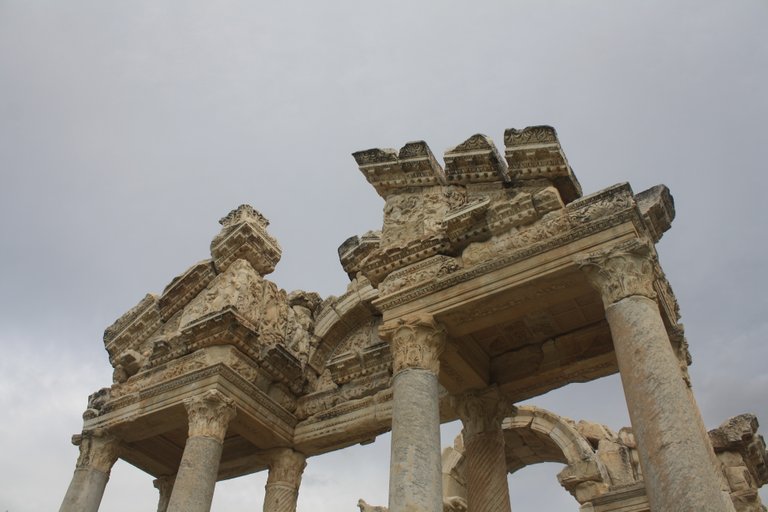
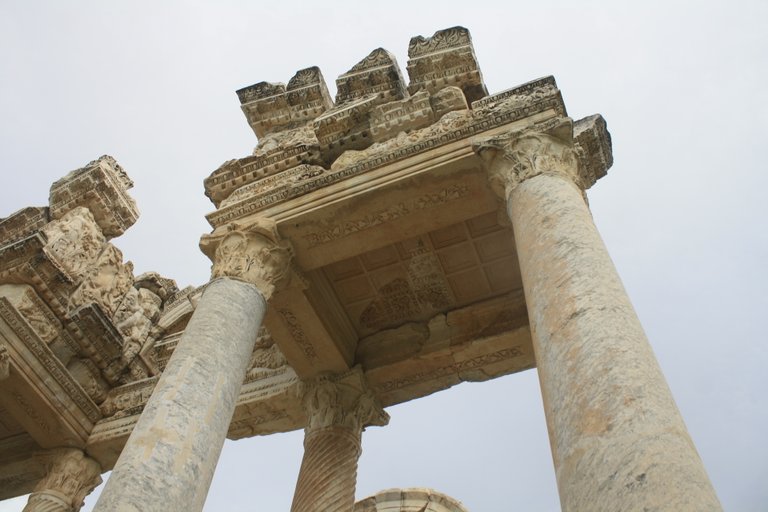
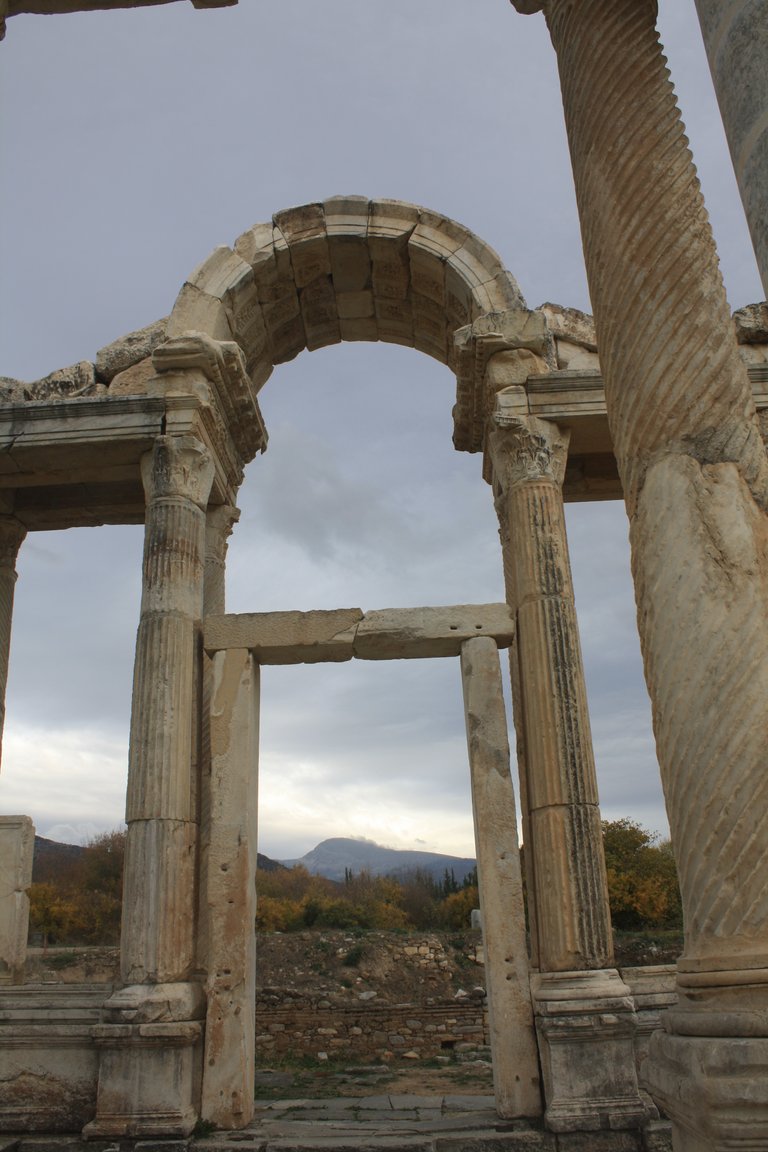

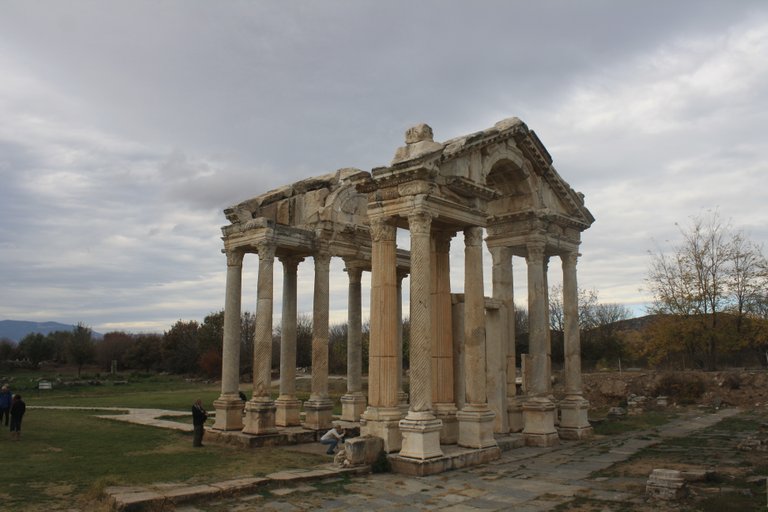
The last major site was the Great Gate that preceded entry into the Temple of Aphrodite.
I hope you enjoyed this journey through time and another travel experience with me and my photographs.
Shot with a Canon Eos Digital Rebel 2015.
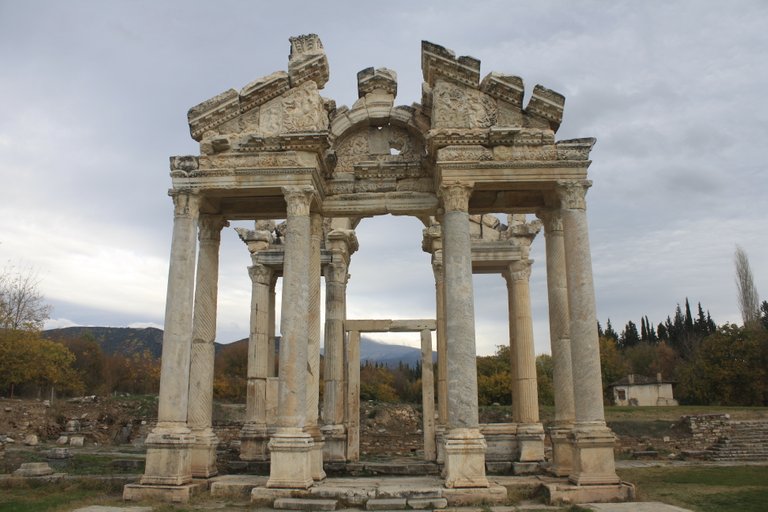
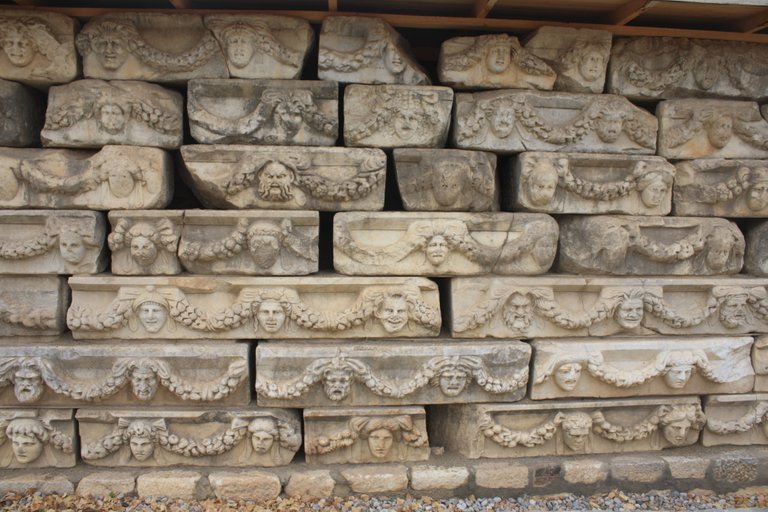
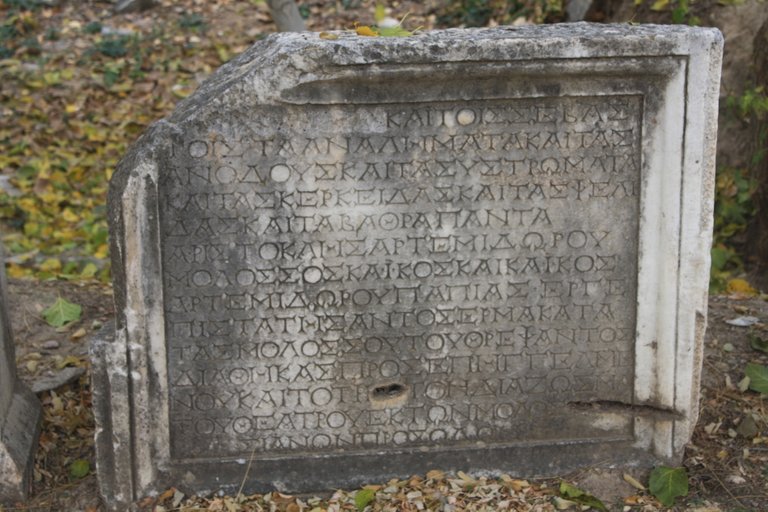
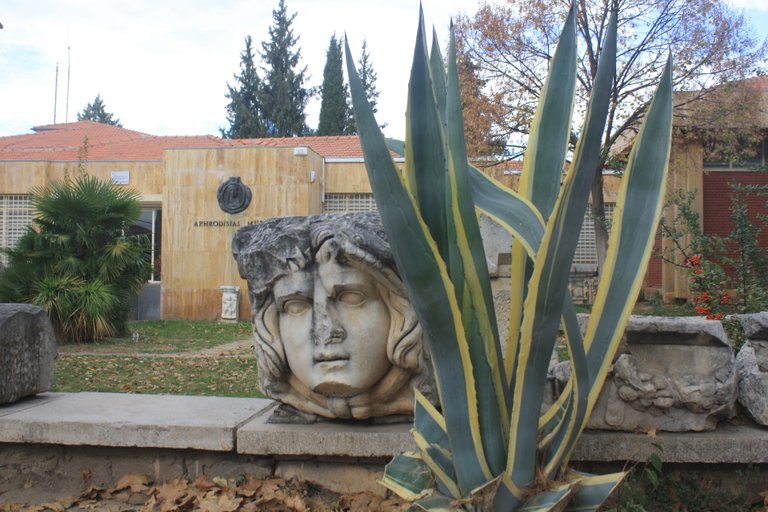
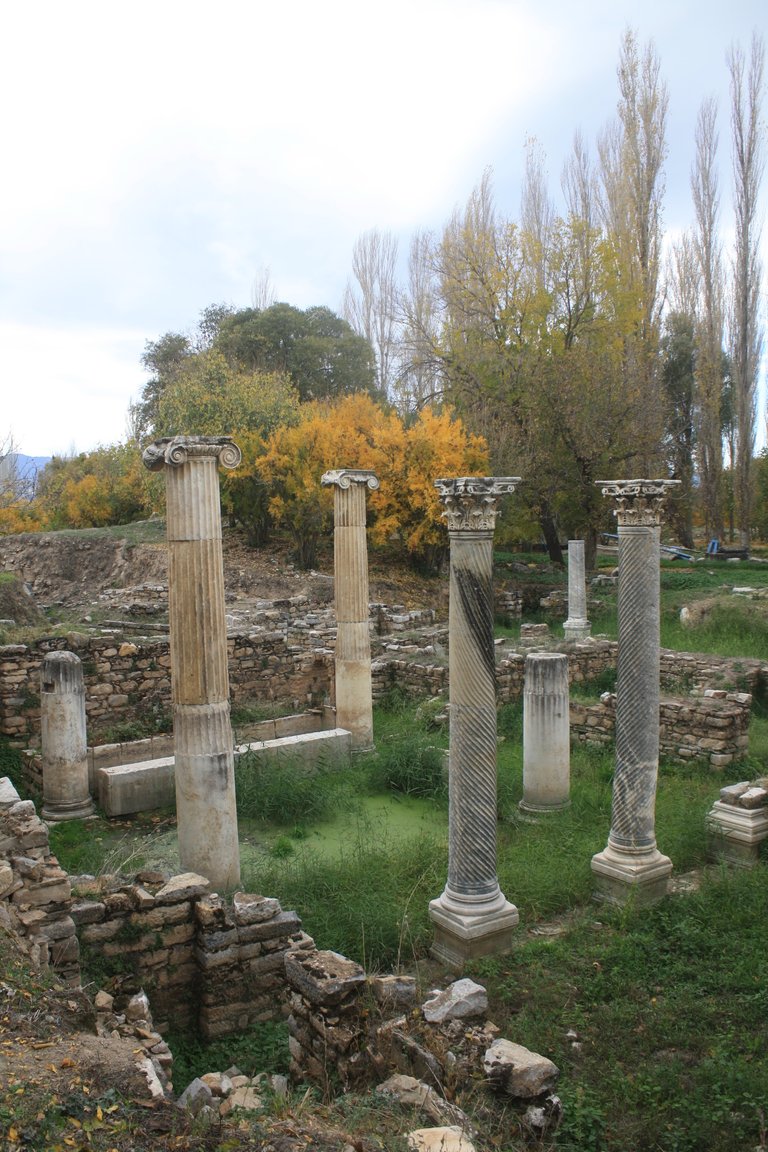
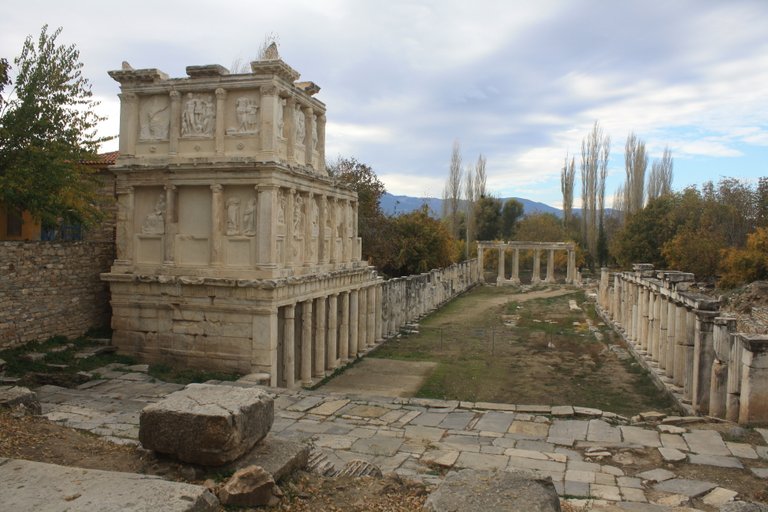
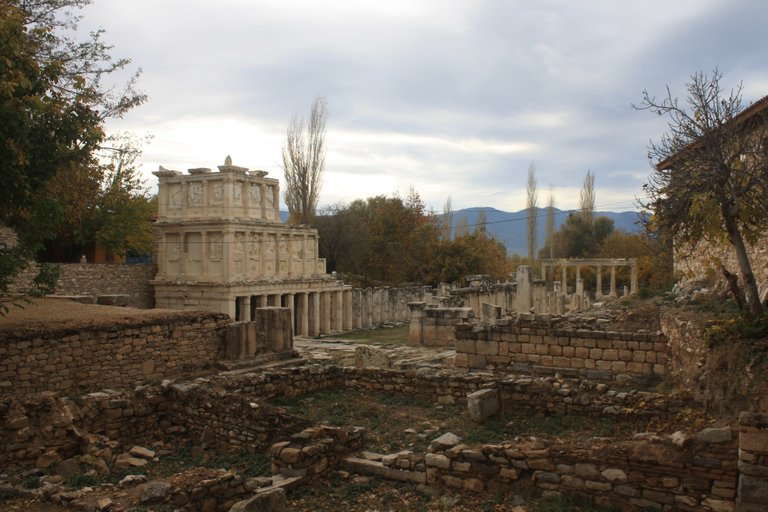
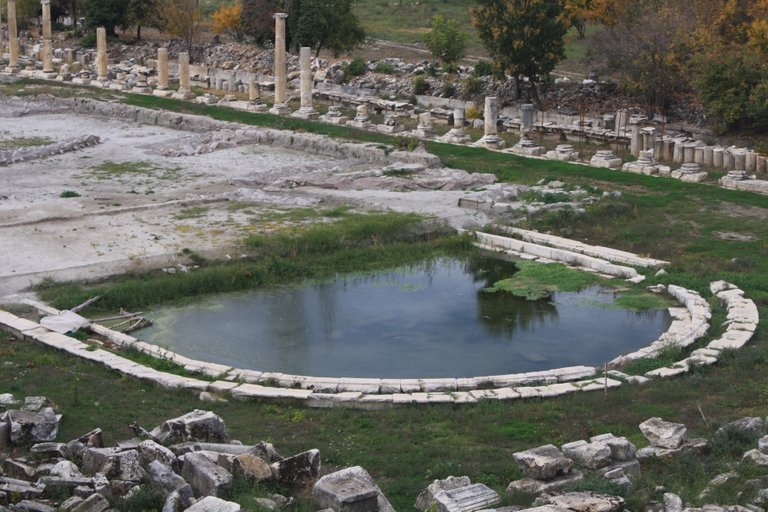
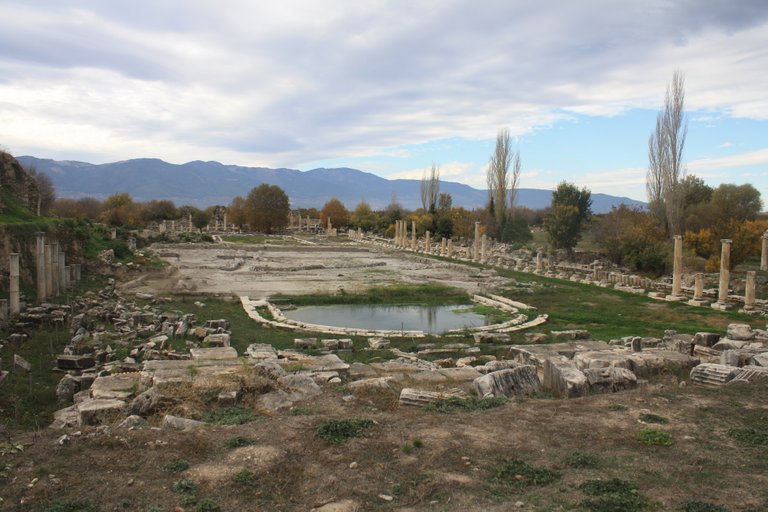
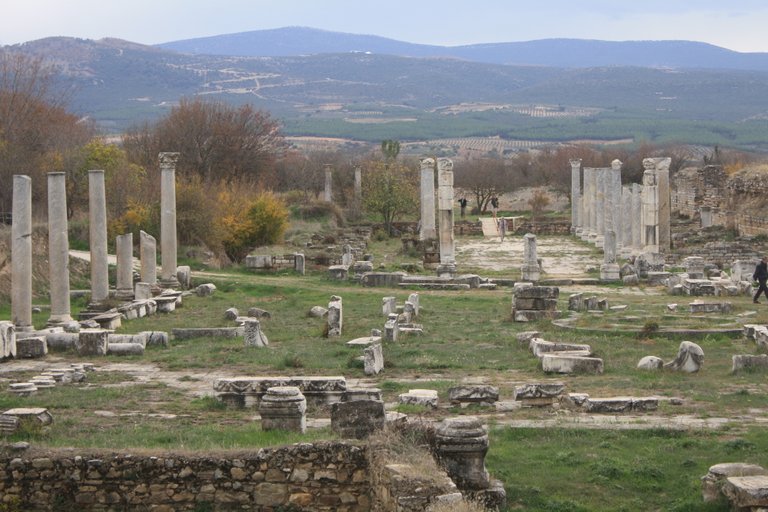
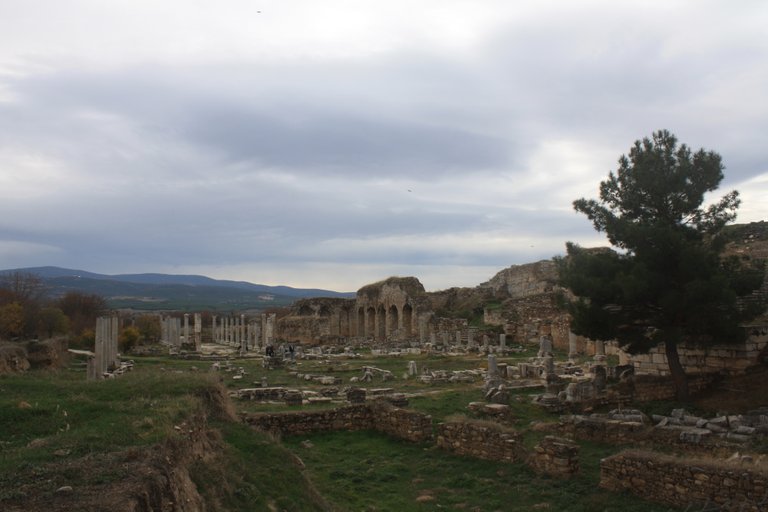
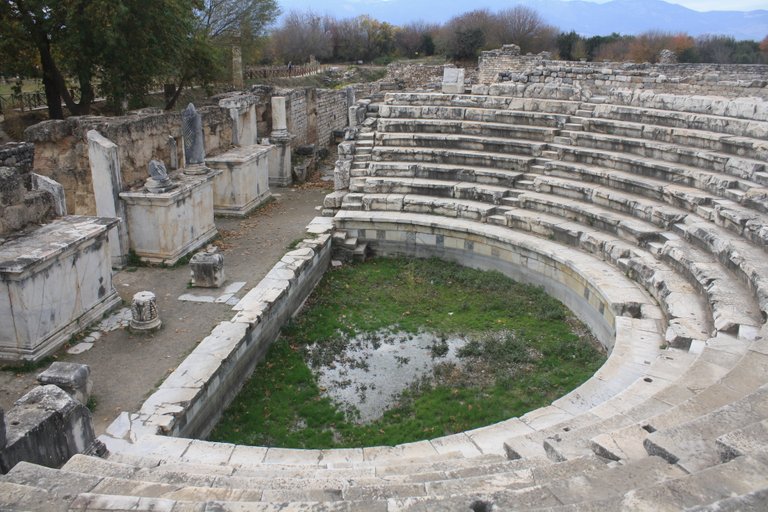
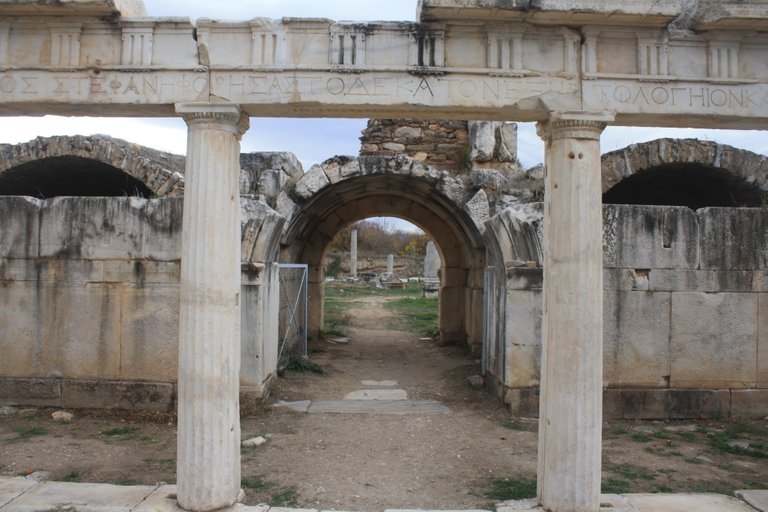
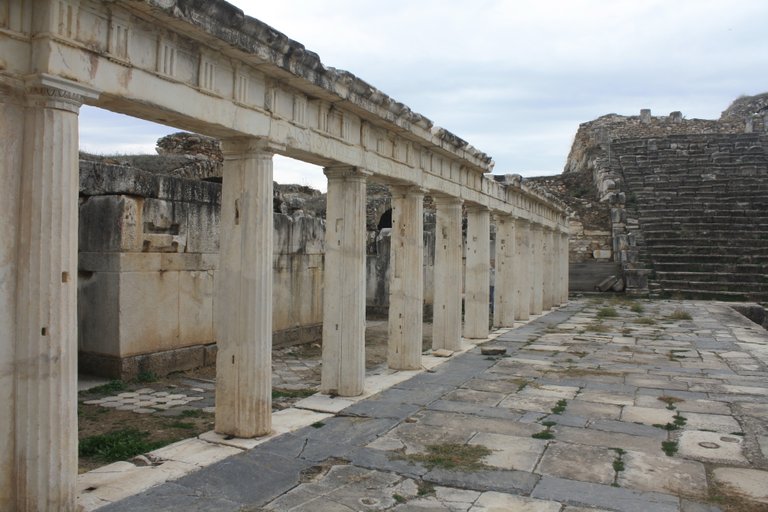
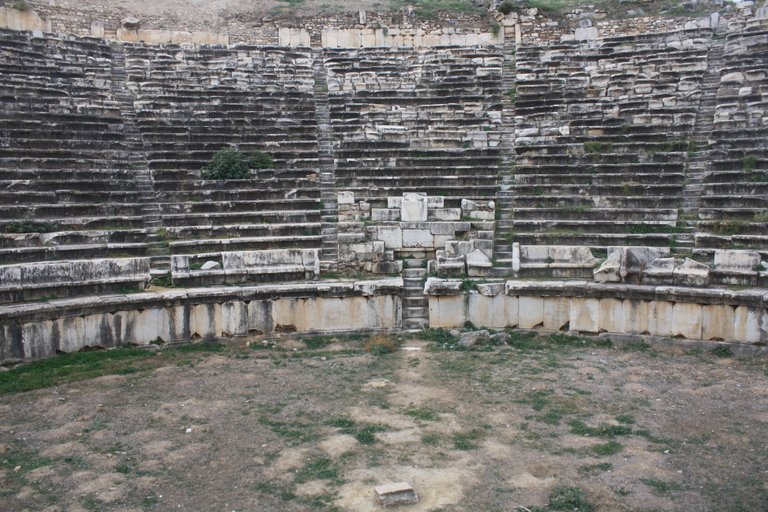
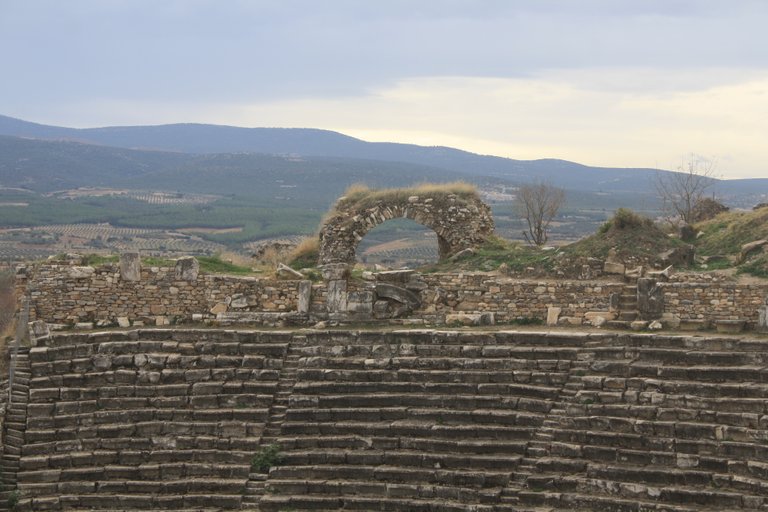
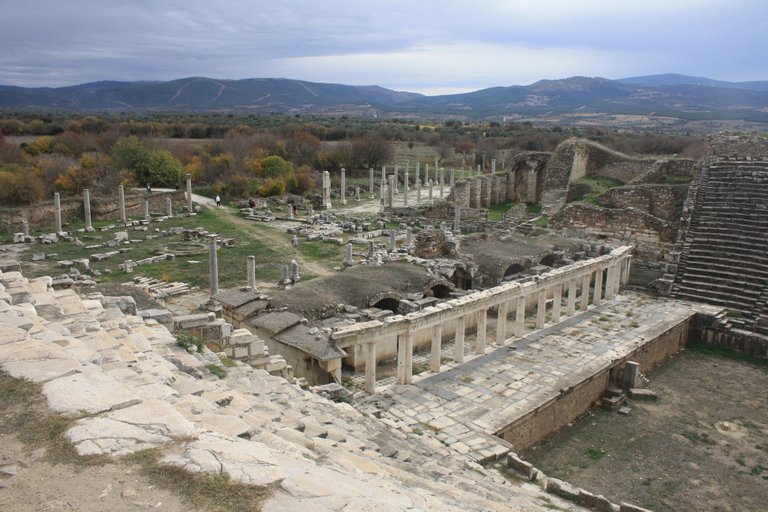
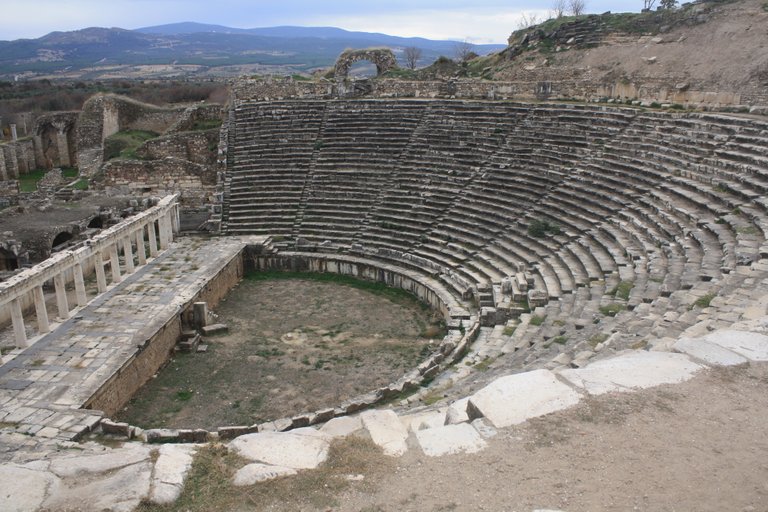
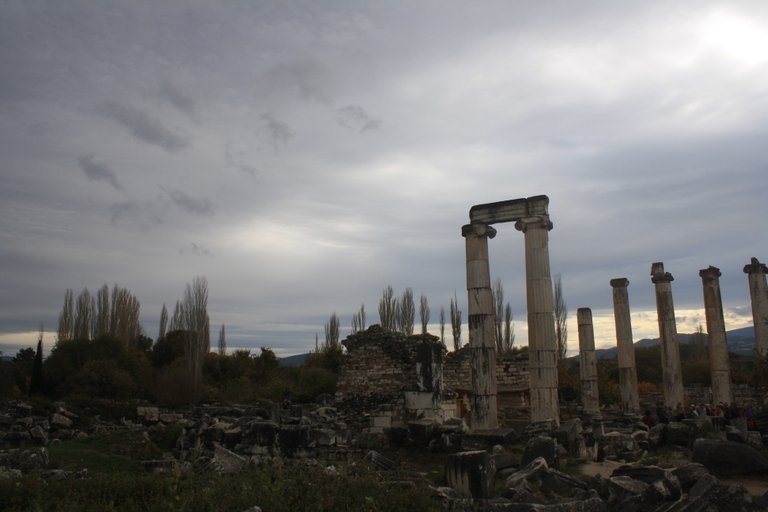
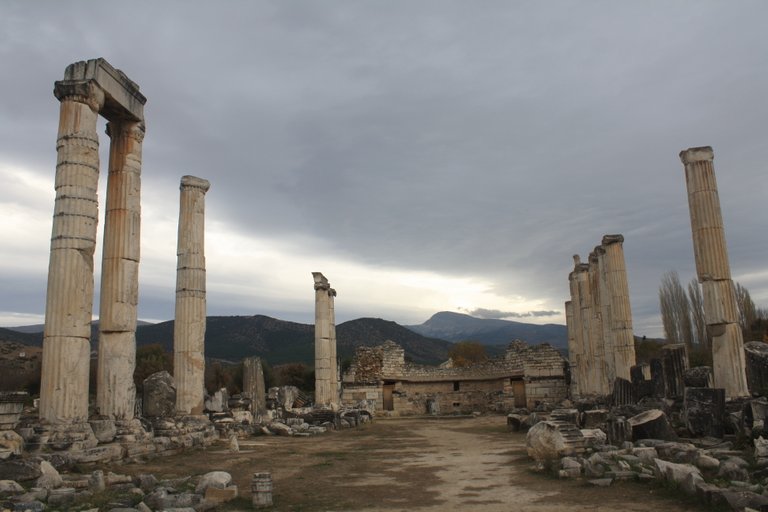
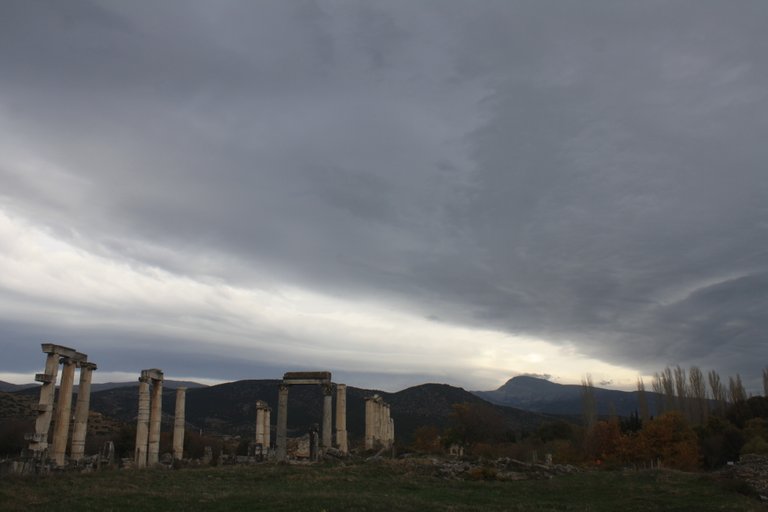

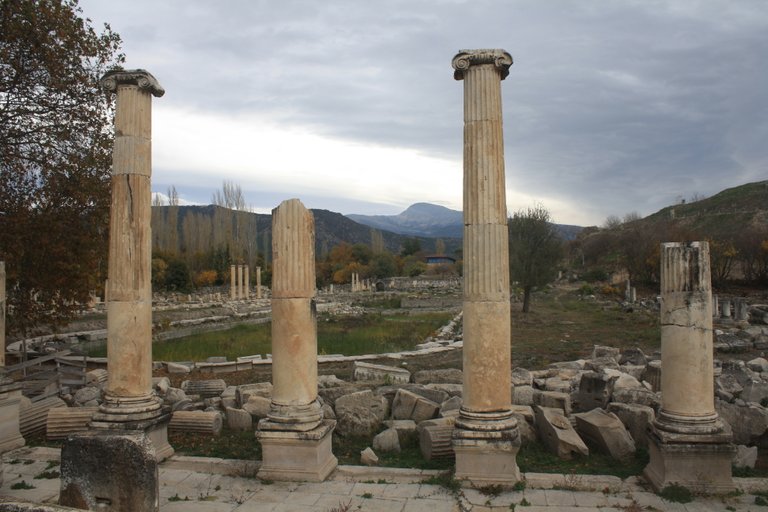
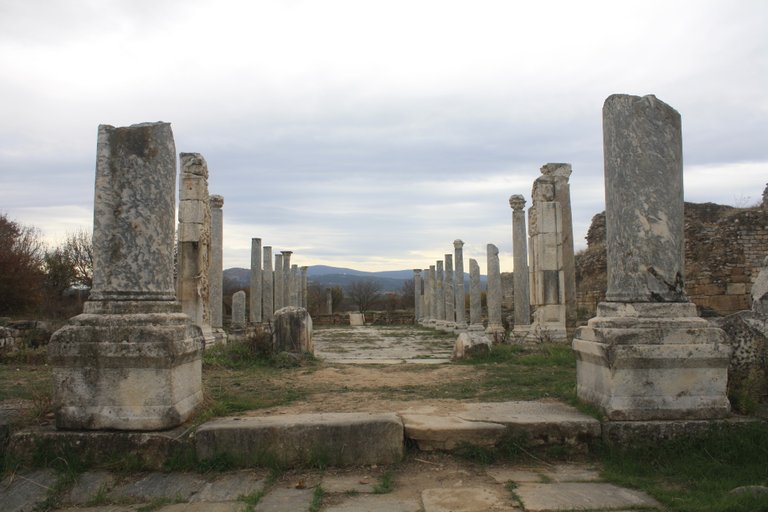
Congratulations, your post has been added to Pinmapple! 🎉🥳🍍
Did you know you have your own profile map?
And every post has their own map too!
Want to have your post on the map too?